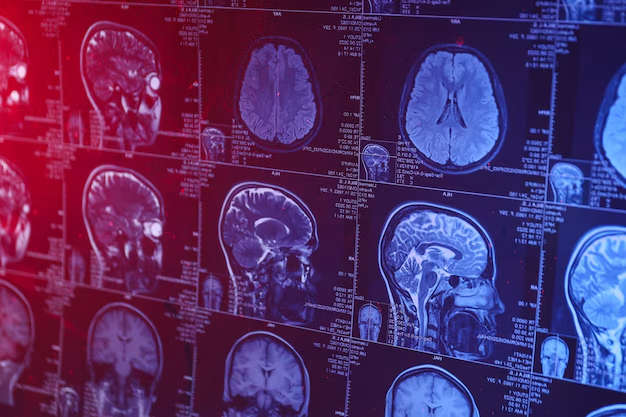Discover How Parkinson's Affects the Brain and Find Supportive Resources
Parkinson’s disease is a progressive neurological disorder that primarily affects movement. The most recognizable symptom is tremors, but Parkinson’s encompasses much more. Understanding what part of the brain Parkinson’s affects is crucial to comprehending its wide-ranging symptoms and the consequent need for supportive resources.
The Substantia Nigra: Where It All Begins
Parkinson’s disease primarily hits the substantia nigra, a small, but critical area in the brain situated in the midbrain region. This part is responsible for producing dopamine, an essential neurotransmitter that plays a pivotal role in regulating movement and coordination.
As Parkinson's progresses, the cells in the substantia nigra gradually deteriorate and die. This cell death leads to a dramatic decrease in dopamine levels, resulting in the characteristic symptoms: tremors, muscle stiffness, bradykinesia (slowness of movement), and impairment of balance and coordination.
Beyond Movement: Other Affected Areas
While the substantia nigra is the most well-known affected site, Parkinson's extends its reach to other brain regions as well. This includes the basal ganglia, which are critical for movement regulation and coordination, further exacerbating symptoms.
Moreover, non-motor symptoms often linked to Parkinson's suggest the involvement of other brain areas. Cognitive changes, mood disorders, and sleep disturbances point to possible effects on the cortex, hypothalamus, and other neural circuits.
Coping with Parkinson's: Navigating Financial and Educational Resources
Living with Parkinson’s can not only take a toll physically and emotionally but also lead to increased financial burdens. Fortunately, numerous programs and resources are available to alleviate these challenges, helping manage expenses and maintain a better quality of life.
Government Aid Programs
- Many government agencies offer disability benefits for those diagnosed with Parkinson’s. Check eligibility for Social Security Disability Insurance (SSDI) or Supplemental Security Income (SSI), which offer monthly financial assistance.
Financial Assistance and Debt Relief
- Medical cost assistance may be available through local non-profit organizations or charities, which can help cover medication expenses and therapy sessions.
- Look into debt management solutions if Parkinson’s impacts your ability to meet financial obligations. Some organizations specialize in debt consolidation and interest rate reduction that could lighten your financial load.
Credit Card Solutions
- Some financial institutions offer credit assistance programs, reducing monthly payments or interest rates, particularly if you demonstrate financial hardship due to a chronic condition.
Educational Grants and Resources
- Educational scholarships and grants are not just for younger learners. Adults returning to education or new career paths due to Parkinson’s-impact might qualify for tuition assistance programs.
Here’s a succinct breakdown of key assistance options to consider:
- 💵 Disability Benefits: SSDI, SSI
- 🏥 Medical Cost Assistance: Local non-profits, charity-driven support
- 💪 Debt Relief Solutions: Credit counseling, debt consolidation options
- 💳 Credit Card Assistance: Interest reduction programs
- 📚 Educational Grants: Adult education scholarships, vocational retraining
Parkinson’s disease changes lives in multiple dimensions, but understanding its impact on the brain empowers patients and caregivers to seek out the appropriate support systems. By tapping into the right resources, those affected by this condition can continue to lead fulfilling lives anchored by financial stability and educational growth.

Related Topics
- Are There Environmental Causes Of Parkinsons
- Can Alcohol Cause Parkinson's
- Can Concussions Cause Parkinson's
- Can Concussions Cause Parkinson's Disease
- Can Dogs Get Parkinson's Disease
- Can Dogs Get Parkinsons
- Can Dogs Have Parkinson's
- Can Dogs Have Parkinson's Disease
- Can Females Get Parkinson Disease
- Can Head Trauma Cause Parkinson's